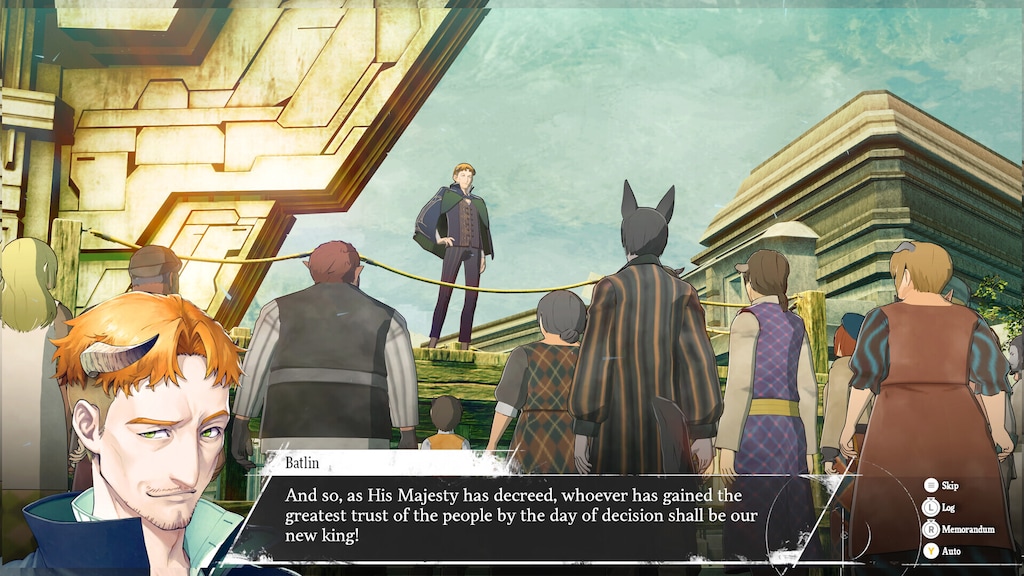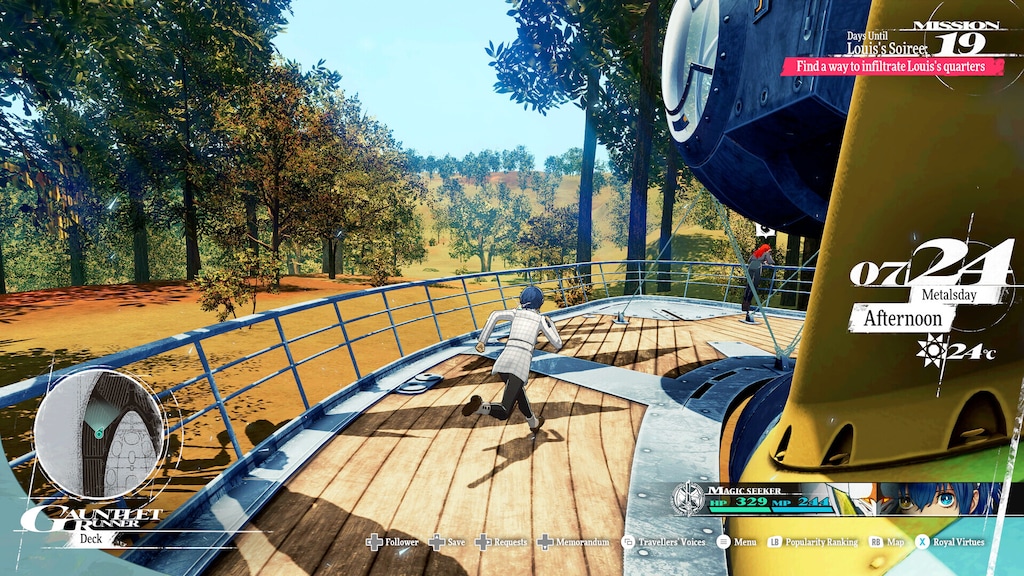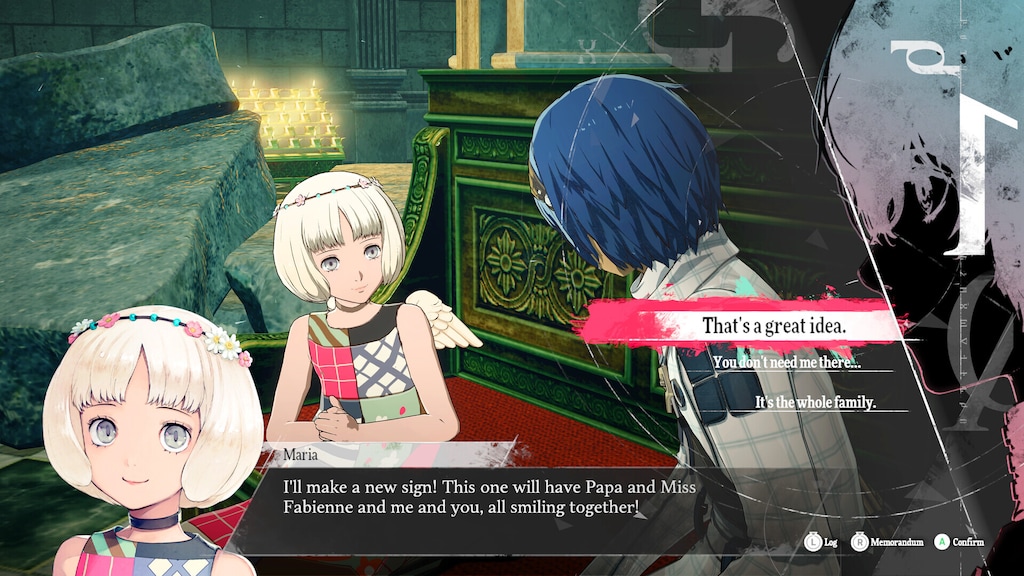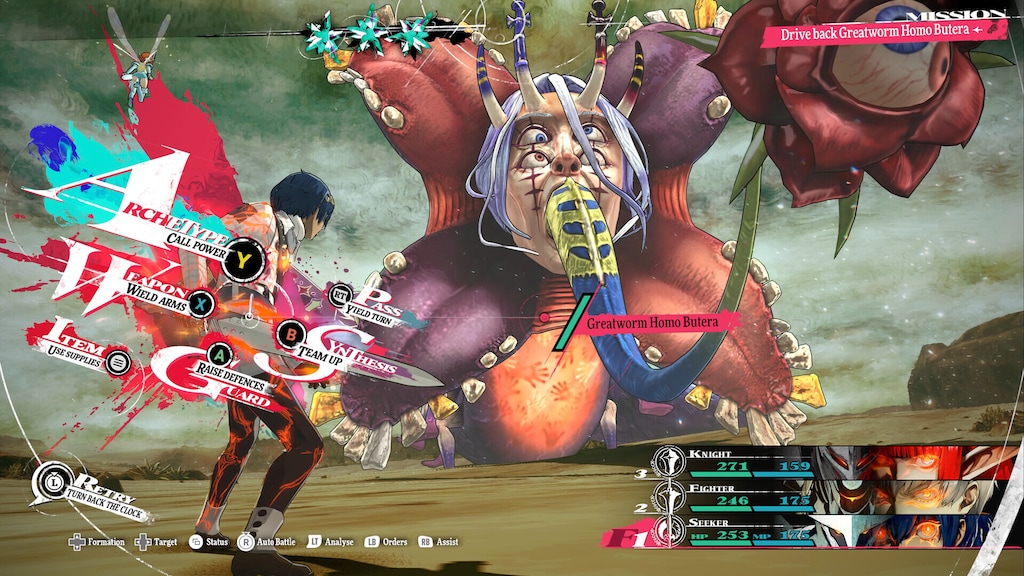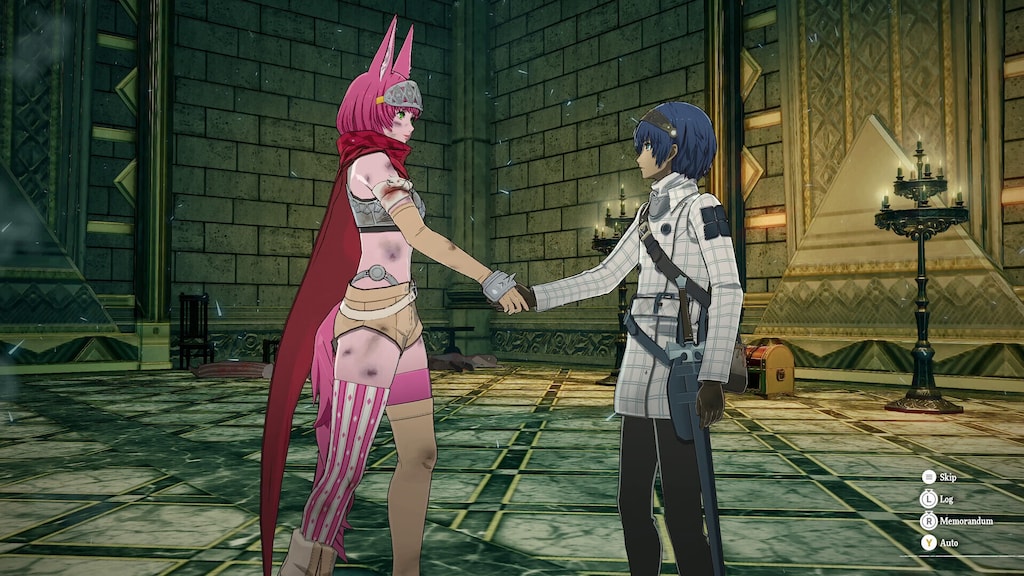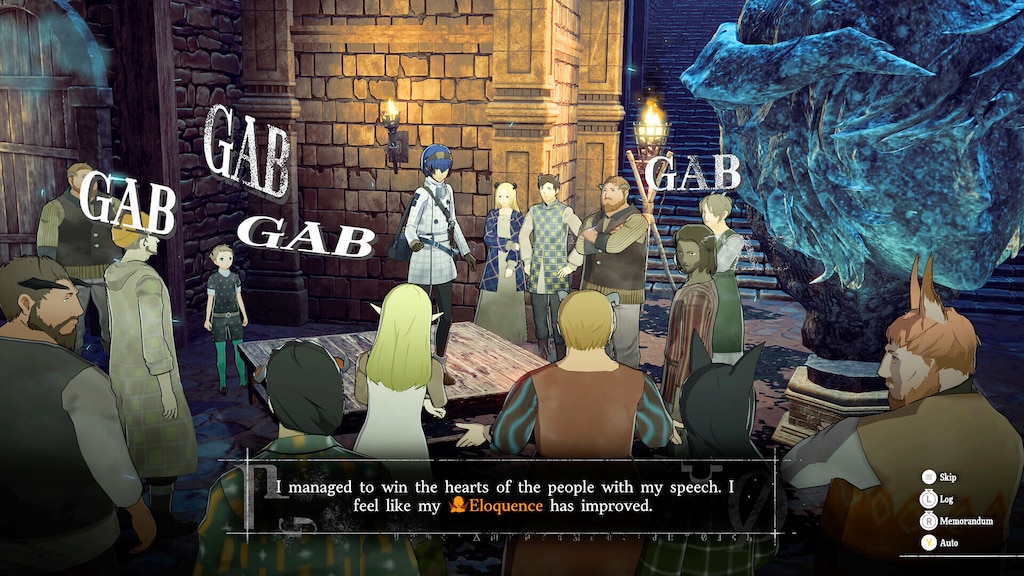Metaphor: ReFantazio is the newest title from Atlus, the creators of the Shin Megami Tensei and Persona series.
As such, it is difficult not to compare this year’s GOTY nominee to the studio’s previous games.
Persona fans will notice many similarities in the games’ structure and systems. Familiar elements that return in Metaphor: ReFantazio include the turn-based, weakness-exploitation combat system; time management simulation; and bonds with companions.
The dungeon structure is also very similar to Persona 5’s with Magla Hollows playing the role of Safe Rooms.
However, Atlus’ newest creation is not just a reskinned Persona game. There are obvious similarities, but Metaphor diverts from the template in many ways, which take some getting used to for a Persona veteran.
Turn-based doesn’t equal turn-based
Like Persona and SMT games, Metaphor: ReFantazio uses a turn-based combat system.
Player characters and enemies use different attacks to deal different types of damage – physical, like piercing and slashing, or elemental, like fire, wind, and so on.
Hitting an opponent’s weakness gives you an advantage, and being hit with a damage type you’re weak to can cause you a lot of trouble.
Unlike in Persona, the attacker who successfully targets the enemy’s weakness doesn’t get to immediately strike again or pass the baton to a selected ally.
Turn order remains the same, so spamming the right attack type with one character is not a viable strategy.
A full party of four characters gets 4 turn icons at the start of each round. Normal combat actions use one icon, however, hitting your opponent’s weakness or scoring a critical hit only uses up half an icon. T
he remaining half can be used like a regular turn but can’t be further split in half. This means you can get up to 8 moves per round if every character hits a weakness or crits.
The same rules apply to the enemies, though how many turn icons they get each round depends on the difficulty level.
Notably, there are no All-out Attacks in Metaphor, which is a bummer. On the other hand, the Protagonist getting knocked out in battle doesn’t result in an instant game over, which many see as a definite improvement.
Less is more
Instead of personas, Metaphor characters use archetypes. While they’re similar, there are some notable differences.
The number of archetypes is much more limited. There is a total of 14 base archetypes. Each has 1-3 more advanced versions.
For example, the Protagonist’s first archetype, Seeker, has an adept version – Magic Seeker, and an elite version – Soul Hacker.
Compared to the 232 personas available in Persona 5 Royal, ~40 archetypes don’t seem like a lot.
Whereas in Persona you would typically discard your favourite persona the moment you find or fuse a stronger one, in Metaphor you must invest in your preferred archetypes to upgrade and unlock their more advanced versions.
This makes gaining archetype EXP much more meaningful.
Friendship is (even more) Magic
You don’t get new archetypes from fighting or fusion. Metaphor ties the archetypes closely to your bonds with other characters.
Each new bond gives you access to a new archetype, and nurturing it provides further upgrades.
For example, forging a bond with a certain companion unlocks the Warrior Archetype. Level the bond up to level 3 to get the adept version – the Swordmaster, then progress the relationship to level 7 to access the elite version – the Samurai.
Teamwork makes the dream work
Archetypes have access to special synthesis skills, that take up two turn icons but are much more powerful than the usual abilities.
They require support from an ally equipped with the right archetype.
For example, the Warrior archetype can team up with a Seeker to access a powerful Wind attack – a damage type usually unavailable for the Warrior.
Meanwhile, a Knight in the party can help the Warrior perform a slashing attack that hits all enemies instead of just one.
More straightforward Skill Inheritance
Inheriting a skill in Metaphor doesn’t rely on fusion or skill cards. You simply select the skill you want your archetype to get from another archetype. Well, okay, maybe it’s not that simple.
- First, you must unlock the archetype with the desired ability – separately for every character you want to access it.
- Then, if the ability you’re aiming for is not a base ability, you have to level it up to the level that gives you access to it.
- Lastly, you must pay some MAG to make it inheritable for the character.
Once that’s done, all other archetypes unlocked for the character can inherit it. The number of skills one archetype can inherit ranges from 1 to 4, depending on the relevant bond level.
Everyone (and no one) is the Joker
Unlike in Persona, each party member can use all the base archetypes and their upgraded versions if you meet the following conditions:
- Forge or level up the relevant bond.
- Spend MAG to unlock it. You have to do this separately for every character. The cost of doing so is dependent on the relevant bond level.
- More advanced archetypes have additional requirements. For example, to unlock the Swordmaster you must max out the Warrior archetype. These requirements are, again, character-specific.
While all your characters can potentially use every archetype in the game, neither the companions nor the Protagonist can switch the equipped archetype during a fight like Joker and his predecessor.
This means you must carefully consider your party composition before entering a fight.
Trial and error made easier
Fortunately, Metaphor is generous with autosaves in dungeons. You only get one autosave, but it’s updated frequently, so dying in a dungeon is much less painful than in Persona.
Additionally, you can restart any fight at any time provided at least one team member is still alive and it’s your turn.
This doesn’t let you change your archetypes but you can try a different strategy depending on what you’ve learned about the enemy’s weaknesses and strengths during your previous try.
You don’t have to rely solely on trial and error. For a small fee, an Informant – a new type of merchant – can advise you on what archetype lineages will do best in any given dungeon, what damage types to use and protect yourself from, and what to expect of its bosses.
Overworld combat
While turn-based combat is still at the heart of the combat system in Metaphor, the developers have added a secondary combat system to the game.
It lets you attack enemies in real time using your equipped archetype’s weapon.
Enemies of lower levels than you can be quickly killed in overworld combat. This is similar to bumping into low-level enemies with your Morgana-truck in Mementos – but you can do it in every dungeon, and the combat is more entertaining than just pushing one button at the right moment.
Attacking an opponent of a comparable or higher level won’t typically kill them, but it can give you an advantage in the subsequent turn-based battle.
Dealing enough damage to eat through the enemy’s stamina (a stat only relevant in overworld combat) lets you start the turn-based with an Opening Volley, which deals solid damage and stuns the enemies, making them unable to attack during their first round.
But beware – if the enemies get the upper hand in overworld combat, they will get the first round. When facing a powerful foe, this could mean your party gets wiped out before you even get a chance to act.
Fortunately, the game lets you know which enemies are stronger and which are weaker than you, and based on that information you can choose if you want to engage in overworld combat or initiate turn-based battle immediately.
Where did all my MP go?
While MP limits how much time you can spend in a dungeon in Persona, Metaphor is even stingier with this resource.
Consumables and items that regenerate MP are much rarer. Few enemies drop them, and the stores that sell them usually have a *very* limited supply.
You won’t get to brew Coffee or buy questionable drugs from a shady back alley doctor. As a result, beating a dungeon in one sitting takes more effort.
Make friends fast
The Bonds in Metaphor: Refantasio are very similar to Confidantes or Social Links known from the Persona series.
However, there are some differences in how they work. For one, you get a new gameplay benefit each time you level up the bond. Many (but not all) are related to the relevant archetype.
The bonds level up faster than social links – you gain a level whenever you spend time with your followers and the max level is 8.
Now you know!
Those are some of the most notable differences between Metaphor: Refantazio and Persona games. Now that you’re armed with this knowledge, why not give the new title a go and compare them yourself?





